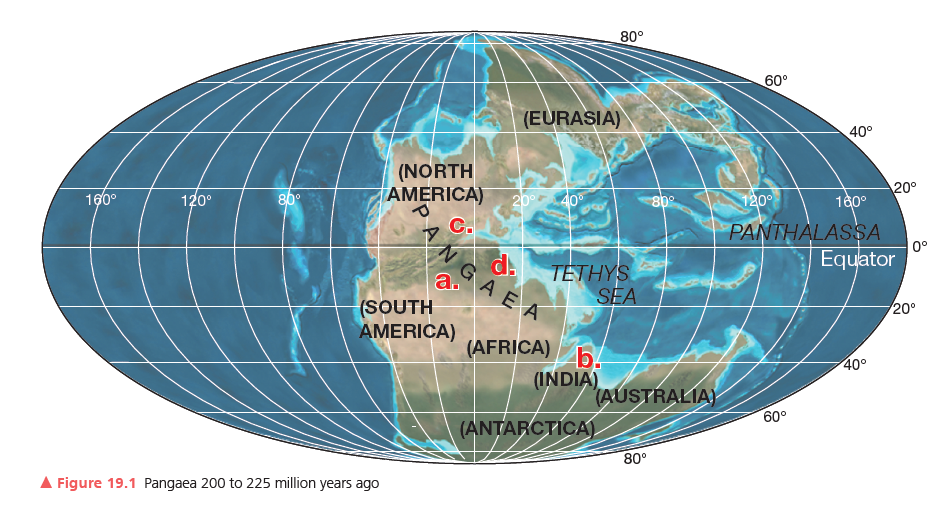If you were a petroleum geologist searching for oil deposits (derived from ancient biomass), why would you want to know the positioning of these landmasses hundreds of millions of years ago? What climate region would you look for?

What will be an ideal response?
Petroleum deposits are generally associated with ancient plant communities. Knowing that equatorial latitudes are rich in photosynthetic communities fixing sunlight, it is important to find where landmasses were to identify where these deposits occurred. As the continents migrated after the breakup of Pangaea they carried these deposits with them and that is where the oil will be found today.
You might also like to view...
Which of the following molecules would probably be isolated closest to the top of a fractionating tower at a refinery?
A. C4H10 B. C20H42 C. C40H82 D. C8H18 E. C10H22
Can you draw the upper shear zone margin on Figure 15.9? Is it easily definable?
What will be an ideal response?
Which of these minerals would you use to make wallboard for the interior walls of your house?
A. gypsum B. clay minerals C. quartz D. hematite E. calcite
Proven natural gas reserves are most numerous in ________
A) Russia B) Saudi Arabia C) the Iberian Peninsula (Spain and Portugal) D) Brazil